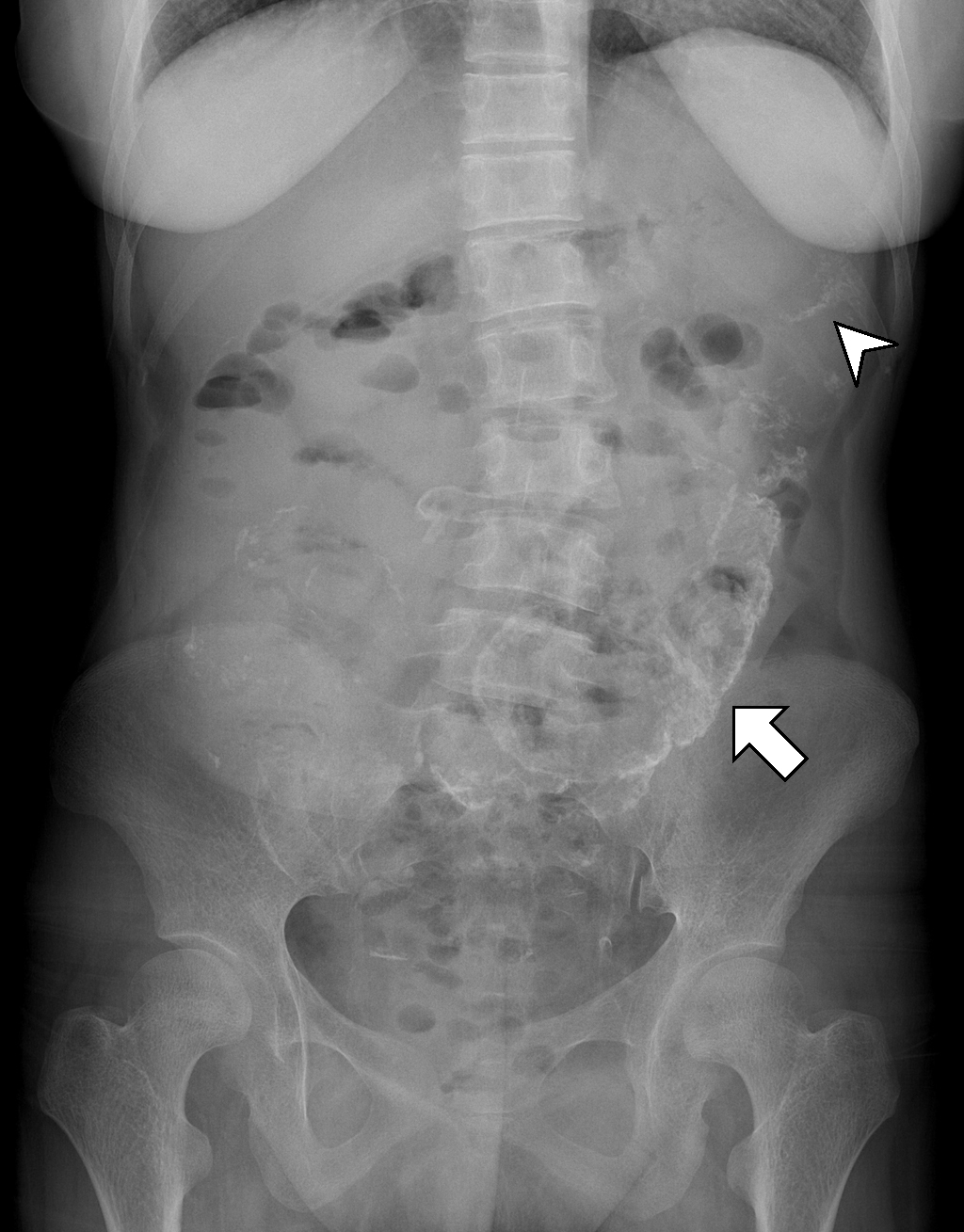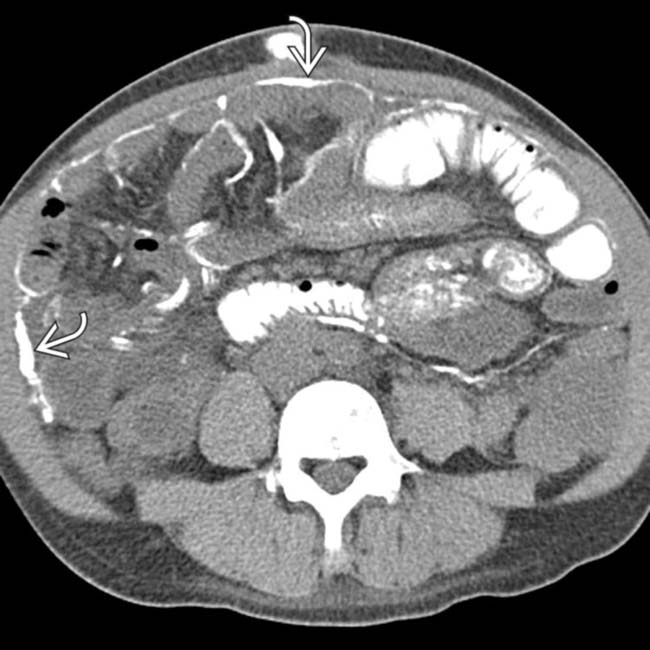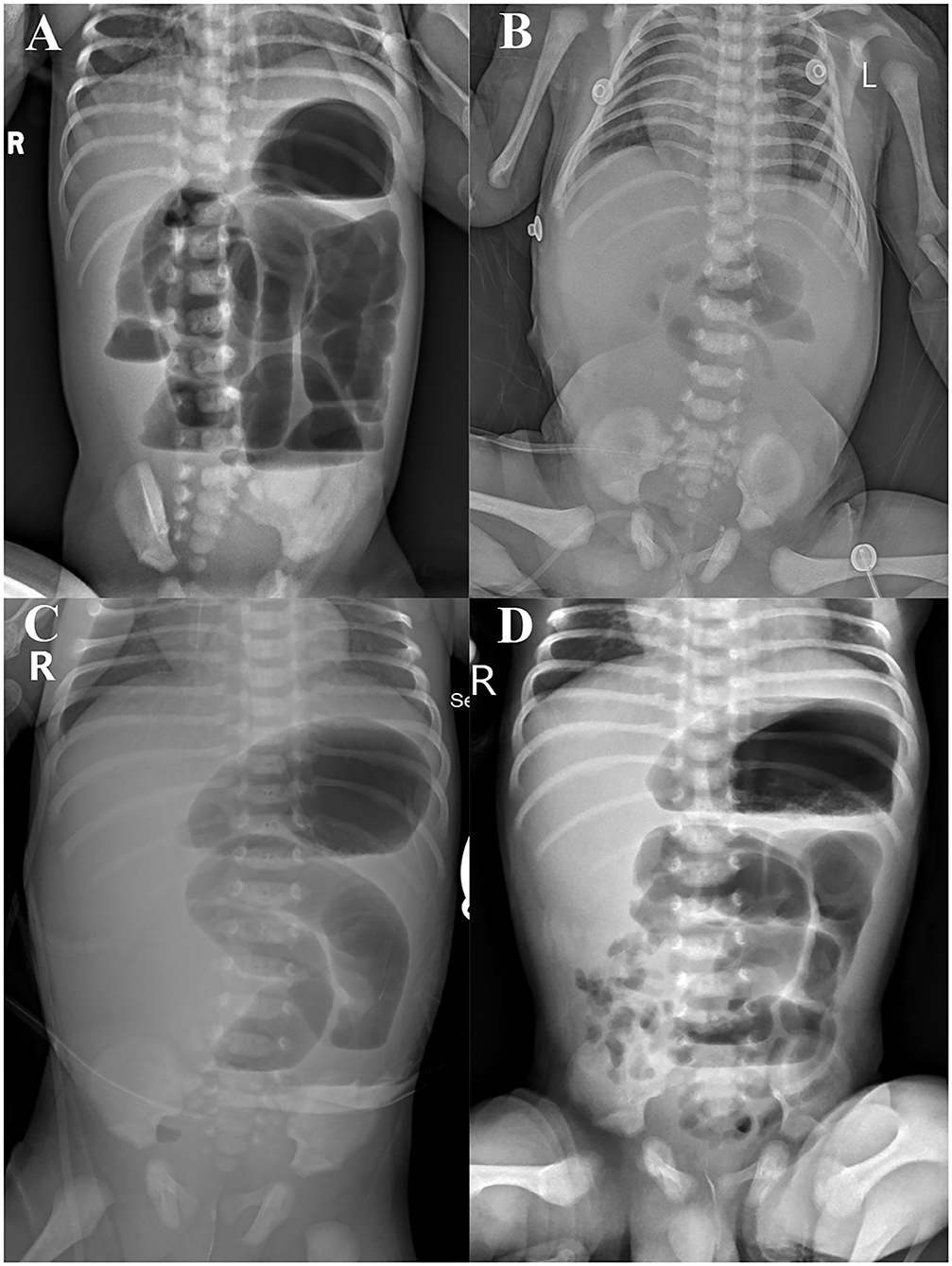
Secondary peritonitis chest x ray wikidoc
This Osmosis High-Yield Note provides an overview of Peritoneal pathology essentials. All Osmosis Notes are clearly laid-out and contain striking images, tables, and diagrams to help visual learners understand complex topics quickly and efficiently. Find more information about Peritoneal pathology: Peritonitis. Pneumoperitoneum.

EPOS™ C2408
Peritonitis is inflammation of the localized or generalized peritoneum, the lining of the inner wall of the abdomen and cover of the abdominal organs. [2] Symptoms may include severe pain, swelling of the abdomen, fever, or weight loss. [2] [3] One part or the entire abdomen may be tender. [1]

Encapsulating Peritoneal Sclerosis The Abdominal Cocoon RadioGraphics
Peritonitis is a redness and swelling (inflammation) of the tissue that lines your belly or abdomen. This tissue is called the peritoneum. It can be a serious, deadly disease. What causes peritonitis? Peritonitis is caused by an infection. Bacteria can enter the lining of your belly from a hole in your GI (gastrointestinal) tract.

Peritonitis Radiology Key
causes Diagnosis & treatment Overview Peritonitis is a serious condition that starts in the abdomen. That's the area of the body between the chest and the pelvis. Peritonitis happens when the thin layer of tissue inside the abdomen becomes inflamed. The tissue layer is called the peritoneum.

Pneumoperitoneum Image
CT findings of peritonitis likely tuberculous (the tumor marker results were negative), however the histopathological/laboratory assessment of the fluid aspirate, omental biopsy (preferably ultrasound guided), and culture are required to confirm the presence of caseating granulomas and AFB before commencing treatment.

Sclerosing encapsulated peritonitis typical imaging findings for easy
Peritonitis, an inflammation of the peritoneum, is a life-threatening acute surgical emergency. It presents with severe abdominal pain and is a significant cause of morbidity and mortality ranging from 10%-60% in surgical settings [ 1 ].

Peritonitis Image
Spontaneous bacterial peritonitis (SBP) is defined as an ascitic fluid infection without an evident intra-abdominal surgically treatable source [ 1 ]. The presence of SBP, which almost always occurs in patients with cirrhosis and ascites, is suspected because of suggestive signs and symptoms, such as fever, abdominal pain, or altered mental.

Meconium peritonitis Radiology Case
Finally, imaging studies, such as X-rays or CT scans, can show perforation or other trauma in the gastrointestinal tract. If peritonitis is associated with peritoneal dialysis, a physical exam assessing signs and symptoms may be enough to diagnose the condition. In particular, cloudy dialysis fluid is highly indicative of peritonitis.

PERITONITIS, XRAY Stock Photo Alamy
Peritonitis is an infection of the inner lining of your tummy. Left untreated, it can become life threatening. Check if you have peritonitis. Symptoms of peritonitis include: tummy pain; a very high temperature, or feeling hot and shivery; a rapid heartbeat (your heart is beating more quickly than normal) not being able to pee or peeing much.

Meconium peritonitis an interesting entity BMJ Case Reports
Peritonitis refers to any form inflammation of the peritoneum. Pathology Peritonitis can be be localized or generalized, and may be infective or non-infective in etiology: infective peritonitis bacterial peritonitis primary: from diffuse bacterial infection of the peritoneal cavity occurring without loss of integrity of the digestive tract.

Secondary peritonitis CT wikidoc
Peritonitis is the reaction of the peritoneum against bacterial contamination or intrinsic chemical toxins in the abdominal cavity. This response is initially characterized by congestion and increased secretion of fluid and macrophages into the peritoneal cavity.

Sclerosing encapsulated peritonitis typical imaging findings for easy
Age: 5 years Gender: Female ct Multiple loculated peritoneal collections with a thick enhancing wall, most of which show gas fluid levels, some of the collections are interconnecting. Largest loculated collection in the recto-uterine pouch measures 5 x 5 x 3.7 cm. A small subcapsular hepatic collection is also noted.

Image
Definitions • Infectious or inflammatory process involving peritoneum or peritoneal cavity IMAGING General Features • Best diagnostic clue Ascites and omental/mesenteric fat stranding with symmetric, smooth enhancement and thickening of peritoneal lining • Location Peritoneal surface, mesentery, and omentum • Size

Sclerosing encapsulated peritonitis typical imaging findings for easy
Primary peritonitis is an inflammation of the peritoneum by an extraperitoneal source, frequently occurring from hematogen dissemination. It occurs in children and adults and can endanger life, particularly in patients who have cirrhosis or in children who have nephrosis.

Peritoneum and Retroperitoneum Radiology Key
Spontaneous bacterial peritonitis (SBP) is a potentially life-threatening complication of ascites diagnosed by paracentesis. We determined predictors of SBP to facilitate patient selection. The 301 paracenteses performed in 119 patients (51 women, 68 men) from July to November 2015 were retrospectively reviewed.

Frontiers Meconium Peritonitis, Intestinal Atresia Combined With
The clinical diagnosis of peritonitis is based on acute abdominal pain, abdominal tenderness and guarding, fever, tachycardia, nausea, vomiting, and bloating; laboratory data such as leukocytosis and acidosis are supportive. Go to: Normal vs. pathologic peritoneum: CT appearance